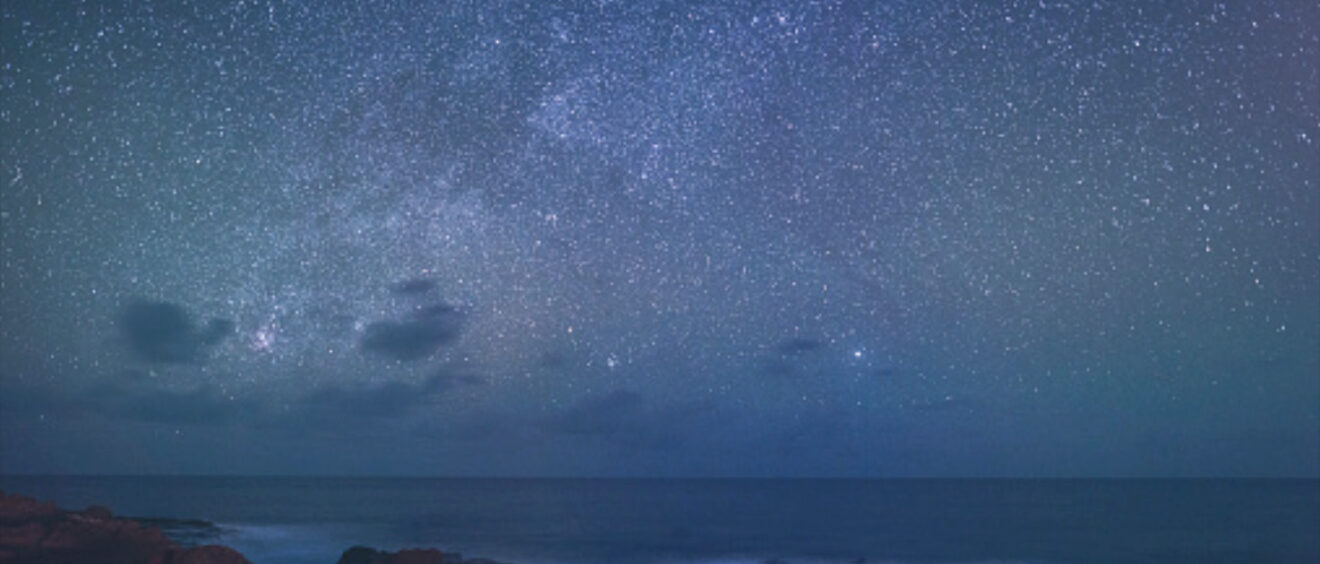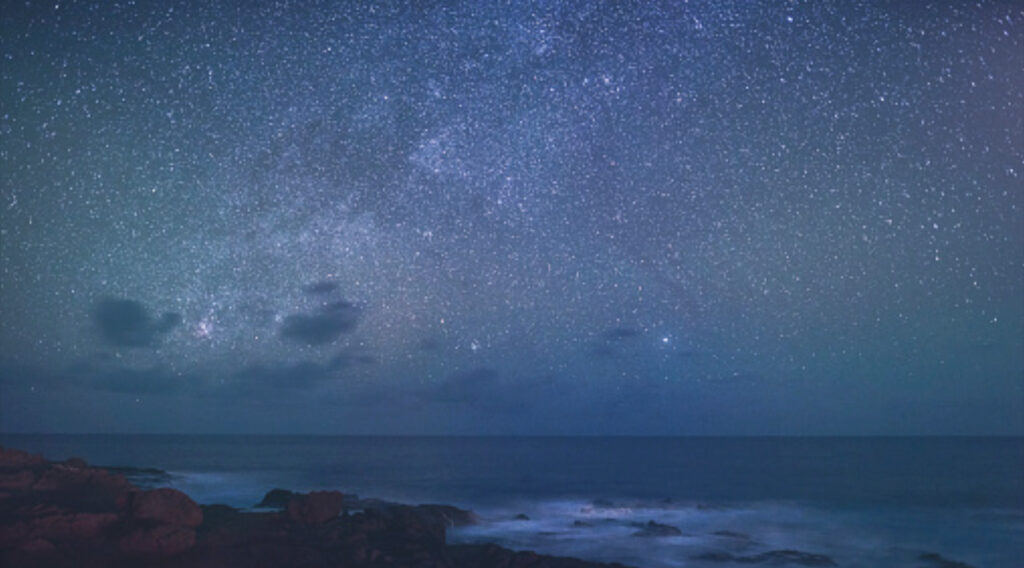
Wayfinding in a challenging world: Five lessons to help your business weather the storm

Long before the compass was invented, the Polynesians navigated their double-hulled canoes across the vast expanse of the Pacific Ocean. Their voyages covered thousands of miles. They learned to read the stars to locate faraway islands. They found Hawaii, a thousand years before James Cook sailed into Waimea Bay on Kaua’i Island. They were master wayfinders.
Nowadays, all we need to find Hawaii is our gate at the airport. But this wayfinding tradition has much to teach us about embarking on a journey and weathering any storms. The state of Hawaii has embarked on its own challenging journey — how to make the transition to a more sustainable and managed travel and tourism experience for residents and visitors alike.
To help with that journey, we were asked by Hawaiian leaders to develop the software and data management system for a unified reservation system for the Hawaiian State Parks. Our digital transformation project has given us a profound appreciation for the challenge of wayfinding through stormy weather.
The COVID-19 pandemic has battered the Hawaiian travel and tourism industry with one storm. In the second half of 2020, the pandemic brought the stream of tourists to a complete halt. A 100% lockdown. Then, a second tidal wave hit the islands: Hawaii went from no tourists to record numbers, as pent-up demand swamped Maui and other Hawaiian destinations. Although welcomed for many in the industry, it was a difficult transition.
Whether piloting a canoe or running a business, wayfinding is a challenge. We look at the stars to fix our position. COVID rearranged those stars.
Here are five lessons from the wayfinder tradition to help you navigate your business through a stormy and dangerously unpredictable world.
1. Know your location
Successful wayfinding requires accurate coordinates from three measurements: Where did I start? Where am I now? Where is my destination? For the Polynesians, a one-degree miscalculation on a 2,000-mile voyage meant watery oblivion. The same is true for business. The accuracy of metrics counts — a lot.
2. Preparation
The Polynesian voyagers were paragons of preparation. Their masted, wooden canoes were engineering marvels designed to slice through waves. They were also cargo ships, carrying people, animals, food, plants and dreams to a new land thousands of miles away. Being prepared is a life-or-death mindset for wayfinders and entrepreneurs.
3. Agility
In an environment as immediately punishing as the Pacific Ocean, voyagers had to be physically agile, fit and tough. Even more, they needed mental agility — the ability to absorb and analyze new data from a constantly changing environment — exactly like a business owner in today’s COVID world.
4. Trust
The margin between life and death in 20-foot storm swells is complete trust in one’s crew. Sure, you can try to do it all yourself…and be crushed by the workload and stress. Or, you can train your crew to perform and then trust them to weather the toughest seas.
5. Perseverance
For a navigator or entrepreneur, success is ultimately about perseverance. Even the best leaders face moments of self-doubt in the face of setbacks. A wayfinder must look deep inside to locate those internal reserves to carry one through the moments of greatest challenge. As a business leader, you must keep your eyes on the horizon. Change is constant. The voyage never stops.
Will you be prepared to answer the challenge?
The ancient Polynesians launched their canoes, looked to the stars and found paradise. You can, too.
This post was first published in the Puget Sound Business Journal
